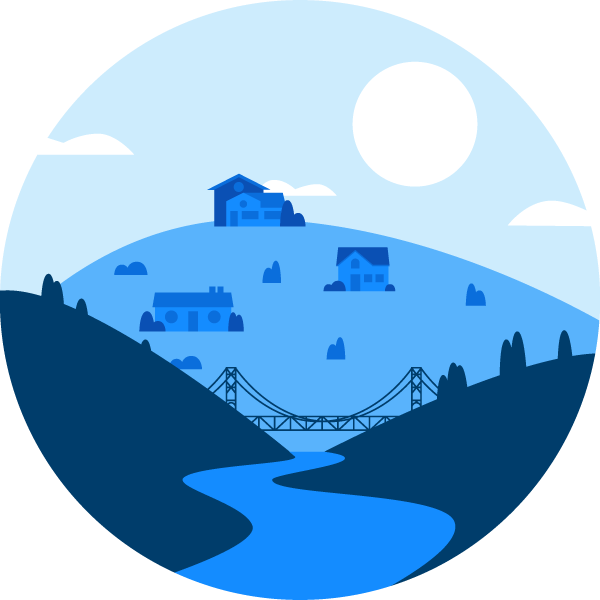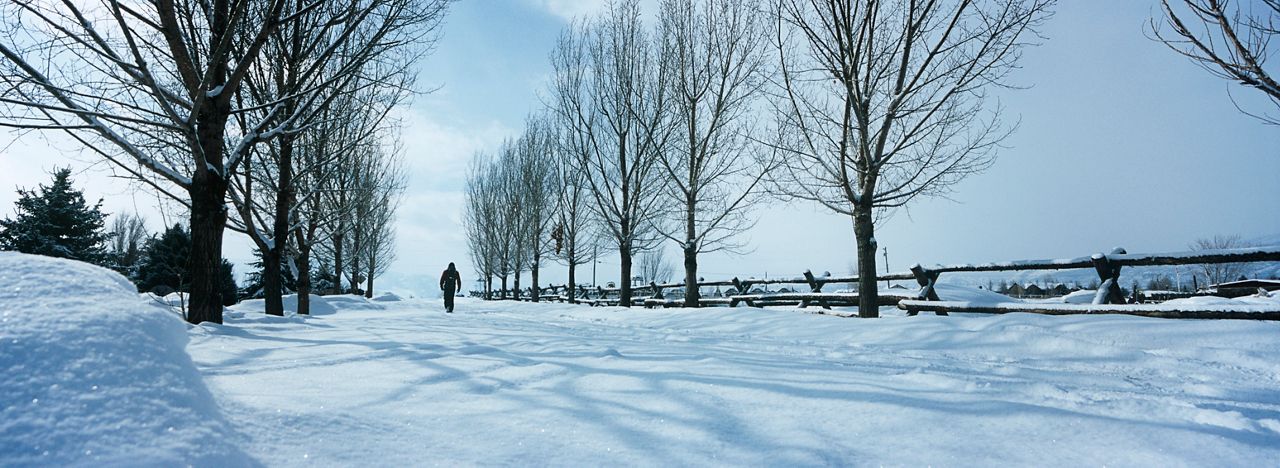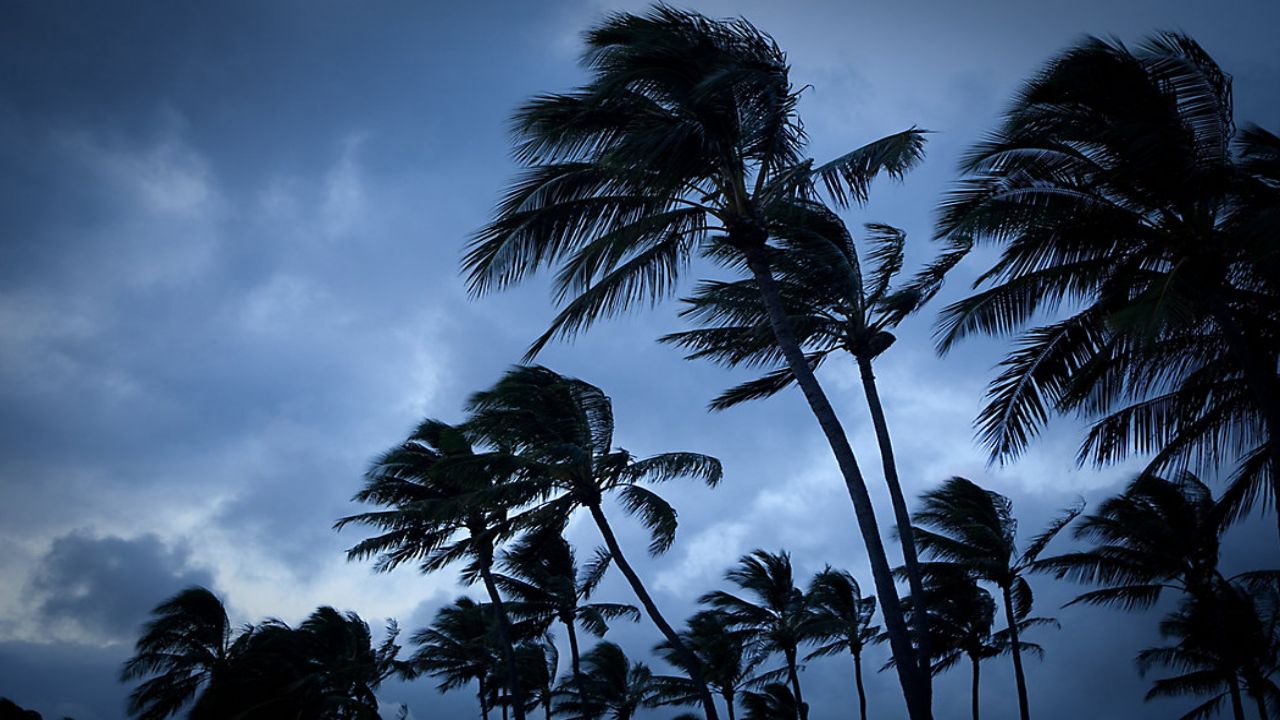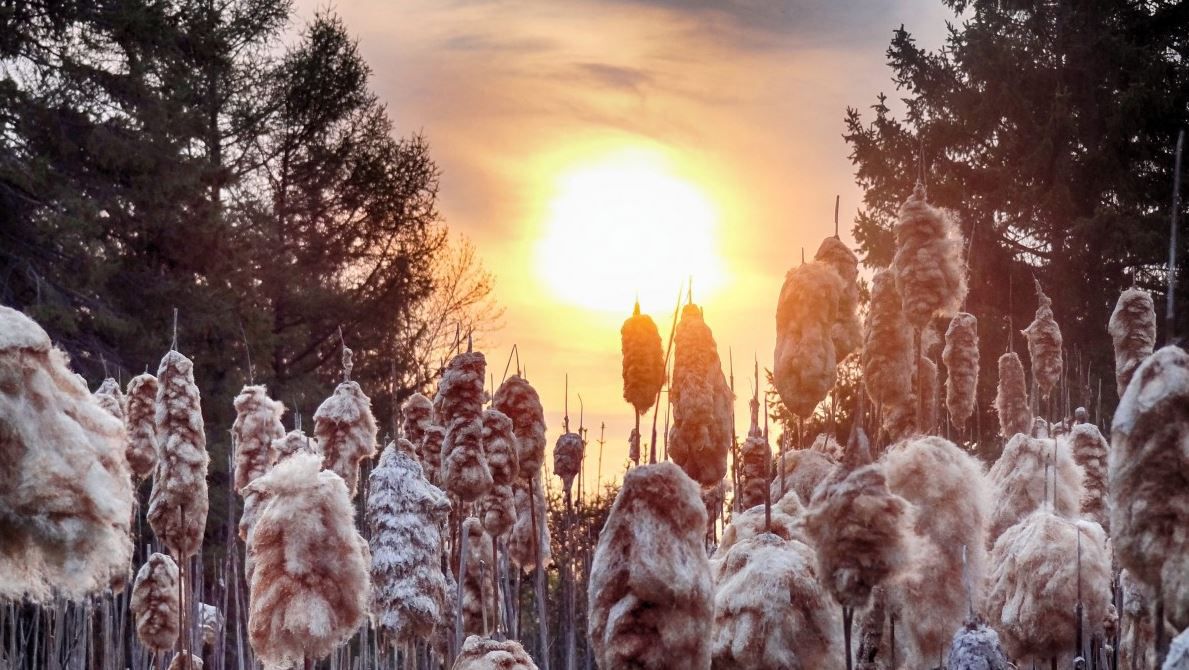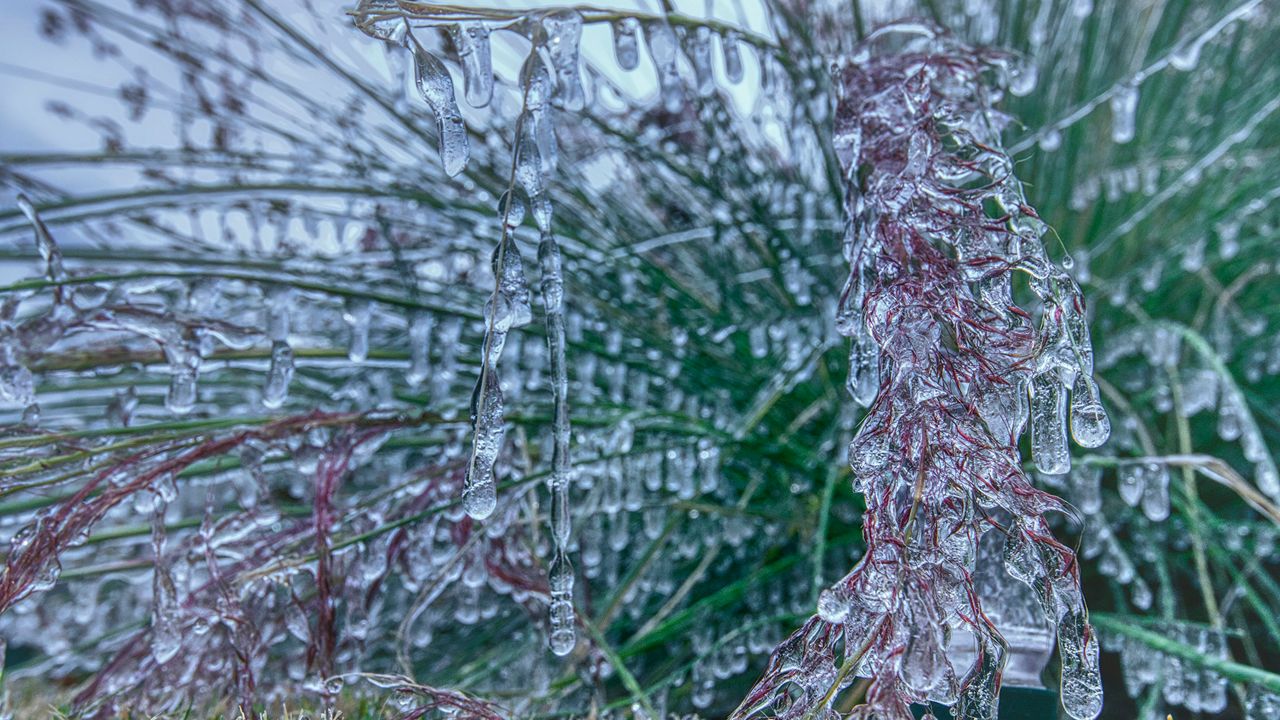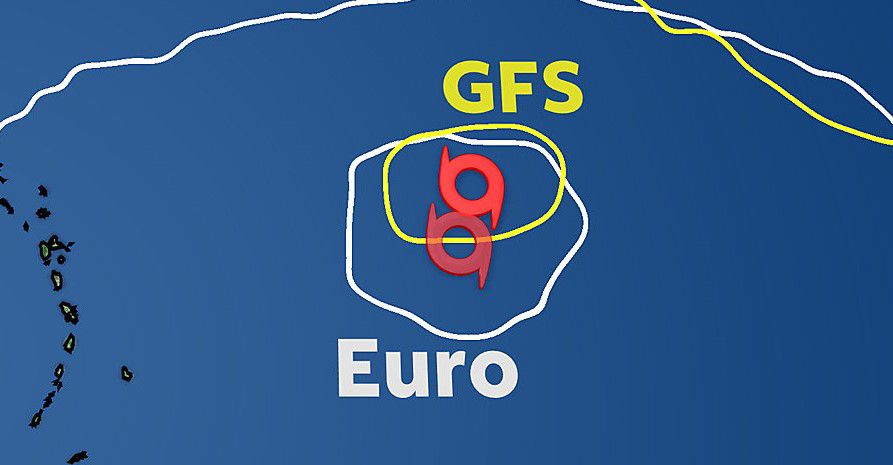How can you best use the Farmers' Almanac?
Feel free to try baking the pie recipes inside, but don't put much faith in the weather forecasts it offers.
There are two popular almanacs that are commonly cited for long-range weather forecasts. The first, the Old Farmer’s Almanac, claims to be the original using a secret formula developed in 1792 that breaks up the lower 48 states into 16 different forecasting zones.
The modern Farmers’ Almanac is a newer rendition, with only seven zones, and it was started somewhat later in 1818.
The Old Farmer’s Almanac touts an accuracy rate of “traditionally 80 percent” (the phrase “traditionally” should raise an eyebrow).
To test that claim, WeatherWise magazine published a scientific study in 1981 that quantitatively calculated an average of 51.2 percent accuracy of the Almanac's long-range forecasts.
Those are roughly the same odds as flipping a coin.
A qualitative approach of the accuracy of the Almanac is updated seasonally by Jan Null, founding meteorologist at Golden Gate Weather Services. Comparing observed climate data from NOAA to the Old Farmer’s Almanac winter map, Mr. Null found that in certain sections of the country, “the forecast 'mild conditions'...were obliterated by a reality of record cold temperatures.”
To a certified consulting and broadcast meteorologist like myself, any almanac predictions are considered weather folklore. When they are treated as gospel by weather enthusiasts, the prognostications turn into the bane of any meteorologist’s existence, equivalent to so-called "social mediarologists" hyping weather model outputs for a storm two weeks away.
But I digress.
In addition to the Almanac, there are long-range forecasting companies who profit from moon phases/sunspots/planetary alignments--variables that are part of their so-called secret formula.
One of those companies even claims to have consulted with the U.S. government, providing forecast information about when to engage in military operations in the Middle East.
However, even when using modern weather forecasting techniques, it is rare that forecasts are perfect more than five days away. Beyond 10 days, meteorologists can only get an idea of what the weather may be, without going into specifics.
Today’s limit of operational meteorology (the daily use of computer modeling) is about two weeks. After that, the science of climatology takes over. This encompasses long-range climate modeling.
At its very core, climatology is the observed weather on a particular date, averaged over the last 30 years. Some climatology even goes into the forecast that you see on your phone every morning.
In fact, climatology plays a big role in detereming when, for example, the next hurricane could hit New York City.
Climatologically speaking, a major hurricane hits the city with a frequency of approximately 80 years. Since the hurricane of 1938 reset the clock, Sandy occurred near the end of that range.

Even by following that method, a hurricane landfall on our region is probabilistic, but not an exact science.
In reality, if you want a forecast for a large, dynamic storm like a hurricane that is more than a week away? Forget about it.
Sandi Duncan, the managing editor of the Farmers' Almanac, insisted that the 13-inch record rain event a few summers ago on Long Island classified as a win for the Almanac by saying, “what this summer has lacked in heat, we more than made up for in precipitation”.
All those gardeners with dry flower beds, giving a frequent hand-soaking to parched rooftop or backyard gardens in the five boroughs would have to disagree. Regarding the heat, she admits that “this summer Mother Nature won”.
The Farmers’ Almanac also touts to have correctly predicted eight U.S. landfalling major hurricanes, including Katrina and Andrew, but not Sandy (for simplicity, this article implies Sandy as a hurricane-strength storm).
The incorrect predictions, or misses, are not listed. The Old Farmer’s Almanac's stated mission is to be “useful with a pleasant degree of humor”. I’ll add, “and a bit of luck”.
Remember when it actually snowed just hours after the Super Bowl ended at Metlife Stadium in New Jersey, an event that the Farmers’ Almanac had predicted for that date in New York? Maybe it just got lucky.
The next time you see the winter outlook graphic, notice how the forecast words are carefully crafted and plastered across different regions of the country. Each phrase is re-written to describe cold.
They are: frigid, bitter, brisk, stinging, chilly, biting, piercing, frozen, cool, frosty and my personal favorite: wintry. Add them all up, and you’ve got winter in most of the U.S.
People often ask me if I ever use a Farmer’s Almanac as a resource when preparing daily forecasts.
Let me put it this way: if I did, then the weather for the upcoming week would be "partly summery, with a chance of a cool snap".

